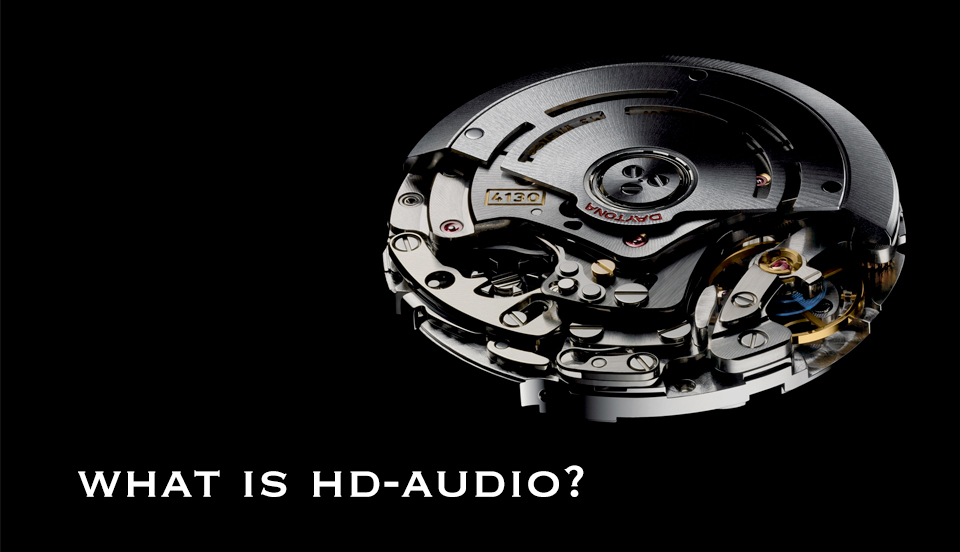What is HD-Audio?
High resolution audio or as I prefer to call it High Definition audio has been around as a consumer format since 2000. That was the year that DVD-Audio and SA-CD were introduced. They were competing formats. Each was trying to be the replacement for the venerable CD-Audio format that had been around for almost 20 years by that point. The hope was that these new formats would deliver better quality sound to consumers. Unfortunately, in most cases they didn’t.
Warner Brothers released the largest number of DVD-Audio discs with the new “advanced resolution” logo. The reached back into their catalog and contracted with the original mixing engineers to produce 5.1 surround mixes of albums like Fleetwood Mac’s “Rumours” and The Doors’ “LA Woman”. There was not new recording done by WB. They simply recast some of their existing catalog in the new format complete with a surround “Group” included.
Sony and Phillips did pretty much the same thing except that they focused on classical and jazz projects. Some of the SA-CDs that were released were transfers of older analog tape masters and others were new recordings done using DSD technology. There were even many SA-CDs that were derived from PCM recordings.
Neither format was successful, although thousands of projects were produced and released. After a few years, the labels abandoned the effort. Even Sony ceased supporting their own format.
One of the reasons why they failed was because virtually all of the DVD-Audio and SA-CDs issued were not in fact, high definition…at least by my definition. Others may argue with my definition, preferring a “relative” interpretation of the whole HD thing. They want anything that is “better” than an MP3 file to be part of the HD club. My position is that we should attempt to define HD in an “absolute” fashion. It works for the television manufacturers so why can’t we? Everyone knows what an HD television is and soon they will learn about the new “Ultra HD” sets that are coming to the marketplace. These things are defined by the numbers of pixels displayed on the screen AND the rate at which they are refreshed. So it follows that audio manufacturers should categorize our formats along the same lines…according to the fidelity specifications of each. We’ll talk more about that in other posts.
So here’s my definition for HD-Audio:
HD-Audio is a recording that has been captured during an original session using equipment capable of matching or exceeding the capabilities of human hearing. If the generally accepted measure of the human auditory system includes a frequency span of roughly 20 Hz to 20 kHz and a dynamic range that tops out at around 135 db, then a recording system would need to be able reach these specifications to be considered HD. In the world of PCM digital recording this would translate to at least 48 kHz and 24-bits. Given there is some evidence that higher frequencies may impact our listening experience and that moving to 96 kHz has advantages for equipment designers, it’s seems reasonable to adopt 96 kHz as the minimal HD sampling rate (I would accept 88.2). As an engineer/producer creating new HD tracks, I choose 96 kHz/24-bits as the minimal specifications to achieve HD-Audio.


